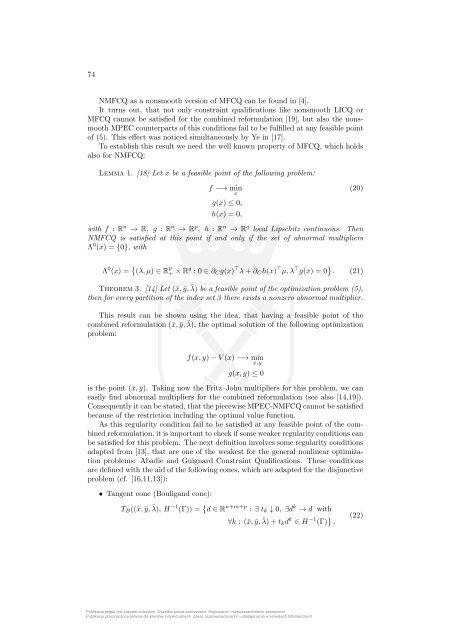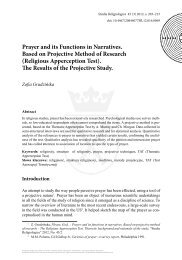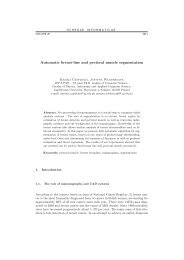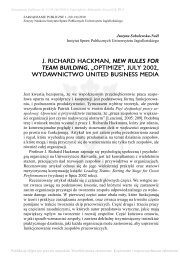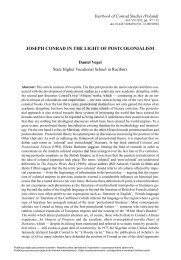Combined Reformulation of Bilevel Programming Problems
Combined Reformulation of Bilevel Programming Problems
Combined Reformulation of Bilevel Programming Problems
You also want an ePaper? Increase the reach of your titles
YUMPU automatically turns print PDFs into web optimized ePapers that Google loves.
74NMFCQ as a nonsmooth version <strong>of</strong> MFCQ can be found in [4].It turns out, that not only constraint qualifications like nonsmooth LICQ orMFCQ cannot be satisfied for the combined reformulation [19], but also the nonsmoothMPEC counterparts <strong>of</strong> this conditions fail to be fulfilled at any feasible point<strong>of</strong> (5). This effect was noticed simultaneously by Ye in [17].To establish this result we need the well known property <strong>of</strong> MFCQ, which holdsalso for NMFCQ:Lemma 1. [18] Let x be a feasible point <strong>of</strong> the following problem:f −→ minx(20)g(x) ≤ 0,h(x) = 0,with f : R n → R, g : R n → R p , h : R n → R q local Lipschitz continuous. ThenNMFCQ is satisfied at this point if and only if the set <strong>of</strong> abnormal multipliersΛ 0 (x) = {0}, withΛ 0 (x) = { (λ,µ) ∈ R p + ×Rq : 0 ∈ ∂ C g(x) ⊤ λ+∂ C h(x) ⊤ µ,λ ⊤ g(x) = 0 } . (21)Theorem 3. [14] Let (¯x,ȳ,¯λ) be a feasible point <strong>of</strong> the optimization problem (5),then for every partition <strong>of</strong> the index set β there exists a nonzero abnormal multiplier.This result can be shown using the idea, that having a feasible point <strong>of</strong> thecombined reformulation (¯x,ȳ,¯λ), the optimal solution <strong>of</strong> the following optimizationproblem:f(x,y)−V(x) −→ minx,yg(x,y) ≤ 0is the point (¯x,ȳ). Taking now the Fritz–John multipliers for this problem, we caneasily find abnormal multipliers for the combined reformulation (see also [14,19]).Consequentlyitcanbestated, thatthepiecewiseMPEC-NMFCQcannotbesatisfiedbecause <strong>of</strong> the restriction including the optimal value function.As this regularity condition fail to be satisfied at any feasible point <strong>of</strong> the combinedreformulation,itisimportanttocheckifsomeweakerregularityconditionscanbe satisfied for this problem. The next definition involves some regularity conditionsadapted from [13], that are one <strong>of</strong> the weakest for the general nonlinear optimizationproblems: Abadie and Guignard Constraint Qualifications. These conditionsare defined with the aid <strong>of</strong> the following cones, which are adapted for the disjunctiveproblem (cf. [16,11,13]):• Tangent cone (Bouligand cone):T B ((¯x,ȳ,¯λ), H −1 (Γ)) = { d ∈ R n+m+p : ∃ t k ↓ 0, ∃d k → d with∀k : (¯x,ȳ,¯λ)+t k d k ∈ H −1 (Γ) } ,(22)Publikacja objęta jest prawem autorskim. Wszelkie prawa zastrzeżone. Kopiowanie i rozpowszechnianie zabronione.Publikacja przeznaczona jedynie dla klientów indywidualnych. Zakaz rozpowszechniania i udostępniania w serwisach bibliotecznych


